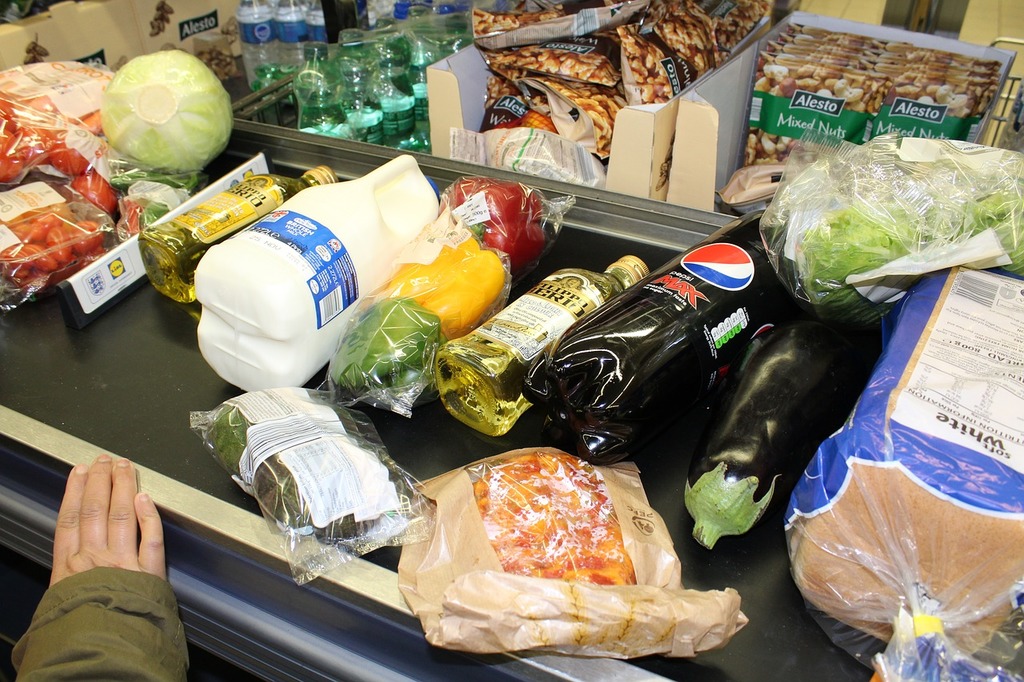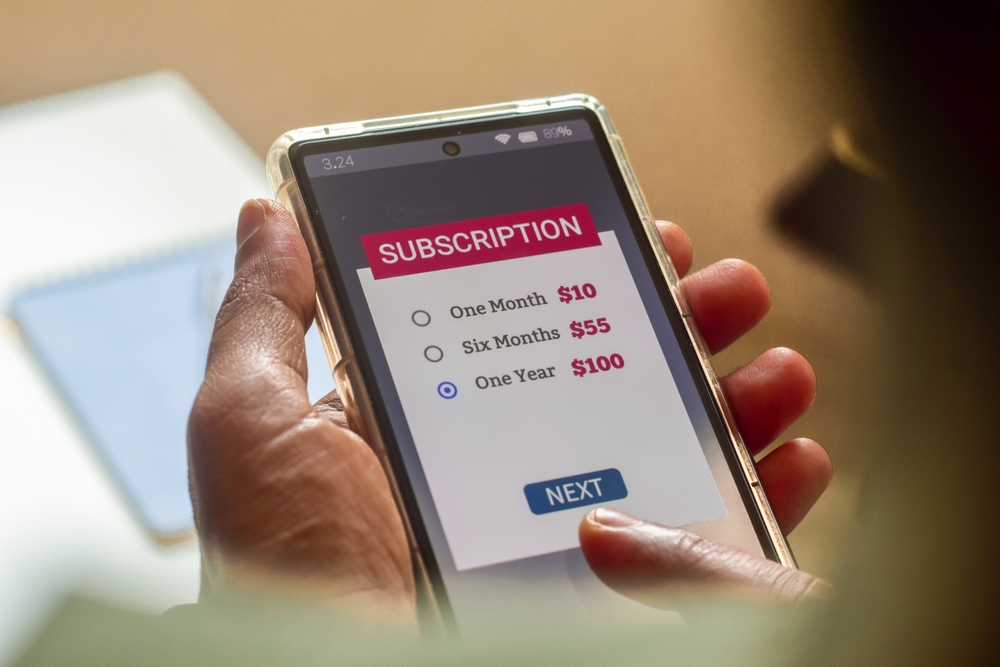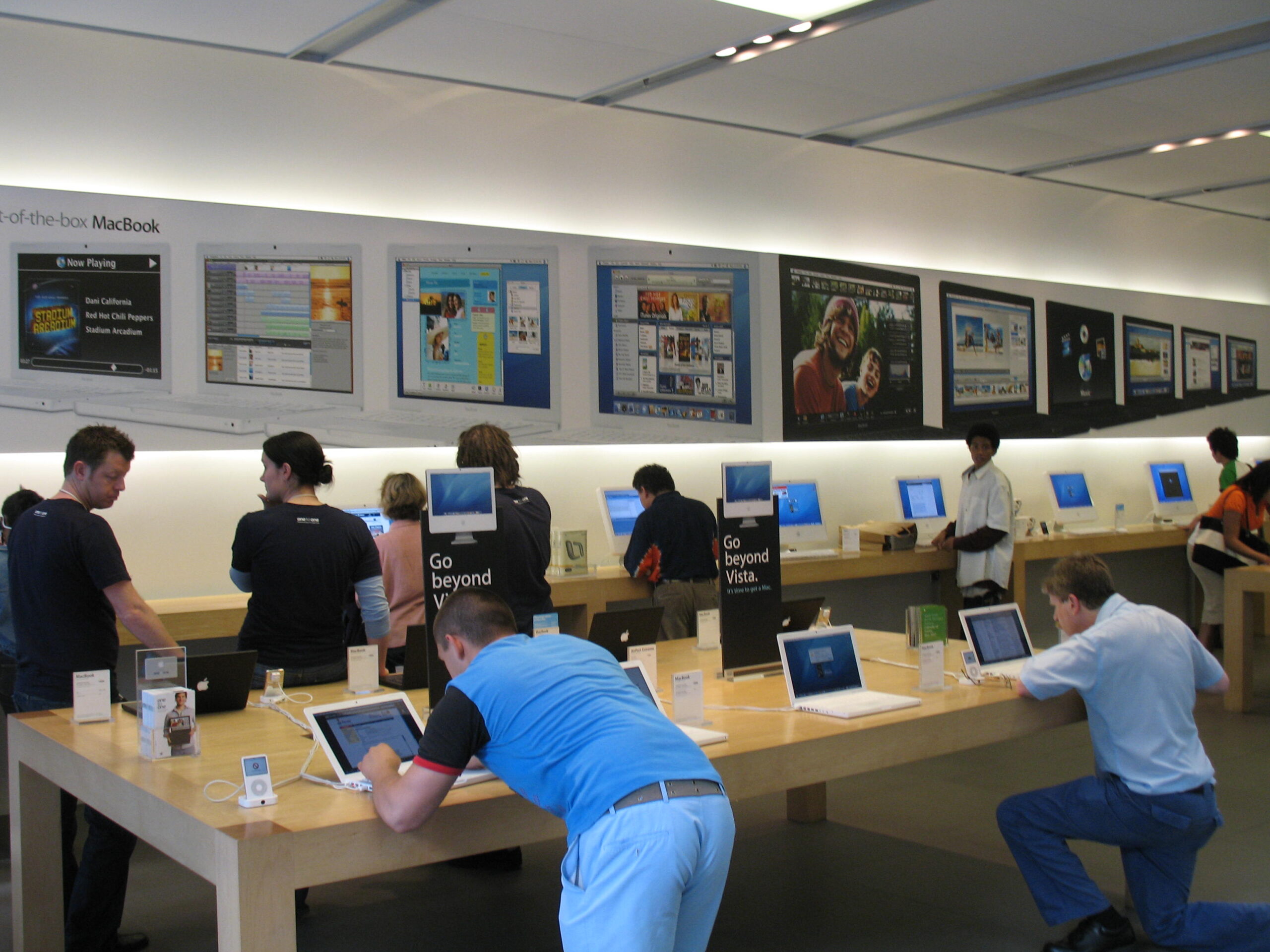It’s easy to overlook the small purchases that quietly chip away at our paycheck before we even realize it. While you’re busy focusing on the bigger ticket items, there are everyday expenses that sneakily add up over time. This list digs into those subtle but significant costs that often fly under the radar. Let’s explore where your money might be slipping away and how you can reclaim it without sacrificing your lifestyle.
1. Fancy Coffee Runs

Let’s be honest, that morning latte is a ritual for many. However, those daily trips to your favorite café can add up quickly. According to a survey by Acorns, the average American spends approximately $1,100 annually on coffee. It’s a classic case of small conveniences costing you big time over the course of a year. Consider brewing your own coffee at home or setting a limit to those café visits to mitigate costs.
Moreover, the habit of grabbing a coffee often comes with impulsive snack purchases. Suddenly, you’re not just spending on caffeine but on pastries and breakfast sandwiches too. Each quick stop can easily double in cost, eating further into your paycheck. By being mindful and setting boundaries, you can still enjoy your coffee without the financial hangover. It’s about finding a balance that works for you.
2. Subscription Services

In the age of streaming, subscription services are nearly ubiquitous. It’s easy to lose track of just how many you’re subscribed to, whether it’s for music, video, or even fitness apps. Each service may seem affordable on its own, but combined, they can quietly drain your bank account. It’s worth reevaluating whether you’re actually using all those services you’re paying for every month. Perhaps it’s time to consolidate or prioritize the ones that matter most to you.
One common pitfall is signing up for free trials and forgetting to cancel before they convert into paid subscriptions. These can easily slip through the cracks, quietly renewing month after month. Take stock of your subscriptions and cancel any that lack real value in your daily life. Regularly auditing these recurring charges can save you a surprising amount of money annually, freeing up funds for other priorities.
3. Unplanned Grocery Store Trips

Going to the grocery store without a plan can lead to buying items you don’t need. Impulse buys often transform your grocery bill into a budget buster. According to research by the Food Marketing Institute, unplanned purchases can make up anywhere from 50% to 70% of total grocery spending. It’s a significant factor that can sabotage your financial intentions if not managed thoughtfully. Planning meals and making a shopping list beforehand can curb those impulsive buys and keep your spending in check.
Furthermore, grocery stores are designed to encourage spending. From strategic product placement to tantalizing smells, everything is engineered to tempt you into buying more. Resist these manipulations by sticking rigidly to your list and avoiding shopping on an empty stomach. Knowing what you need in advance helps you resist unnecessary purchases and keeps your grocery spending grounded. Taking control of this area is an effective way to prevent those sneaky costs from creeping up.
4. Dining Out

Eating out is a luxury that many people indulge in for convenience or socialization. However, the costs can skyrocket without you even realizing it. When you factor in tips, taxes, and drinks, a simple meal can quickly become an extravagant affair. While it’s important to enjoy life, being conscious of how often you eat out can save you a substantial amount of money. Consider reserving dining out for special occasions or setting a specific budget for it each month.
Moreover, dining out frequently can lead to diminished appreciation for the experience itself. What was once a treat can easily become a routine that loses its luster. By making it a deliberate choice rather than a default option, you can savor the experience more fully. Trying new recipes at home can also bring a sense of adventure to your dining habits. It’s a chance to experiment and enjoy without breaking the bank.
5. Gym Memberships

A gym membership can be a great investment in your health, but only if you actually use it. Unfortunately, many people pay for gym access they hardly utilize. A study by Finder.com found that 82% of gym members visit less than once per week. This means a significant amount of money is being spent without reaping the benefits. Ensuring that your gym membership aligns with your fitness routine is vital to maximizing your investment.
Consider alternative ways to stay active if you’re not making the most of that membership. From online workout programs to outdoor activities, there are cost-effective ways to maintain your fitness. It’s worth reassessing your fitness goals and how best to achieve them. If the gym isn’t the right fit for you, there’s no shame in letting it go. It’s better to redirect that money toward something that truly enhances your well-being.
6. Impulse Online Shopping

The convenience of online shopping can be a double-edged sword. While it saves time and effort, it also makes impulse buying incredibly easy. Offers, flash sales, and one-click purchases can lure you into spending on things you don’t actually need. It’s an area where your paycheck can quietly dwindle if you’re not vigilant. Awareness and discipline are key to keeping this form of spending under control.
Online retailers are savvy at making you feel like you’re getting a deal or that you’re about to miss out. Falling into this trap can lead to buyer’s remorse and an inflated credit card bill. To combat this, try implementing a 24-hour rule before making any non-essential purchase. This gives you time to consider if the item is truly necessary. By pausing and reflecting, you can curb unnecessary expenses and protect your financial health.
7. Convenience Foods

Grabbing pre-packaged meals or snacks might save time, but it often costs more than home-prepared options. Research from the American Dietetic Association shows that convenience foods can be up to five times more expensive than cooking at home. While these quick solutions are tempting, they can quietly drain your resources over time. Preparing meals in bulk or opting for simple homemade snacks can be just as convenient with some planning.
Additionally, convenience foods often come with hidden costs in terms of health. They’re typically high in sodium, sugar, and unhealthy fats, which can impact your long-term wellness. By investing a little time in meal prep, you can have healthier options readily available. This not only saves money but also supports a balanced diet. Making smarter food choices can provide a double benefit for both your wallet and your health.
8. Brand Name Products

Brand loyalty can sometimes lead to overspending without you even realizing it. Many people reach for familiar products without considering generic or store-brand options, which are often just as good. These alternatives can offer significant savings while maintaining quality. The allure of branded items can be powerful, but breaking that cycle can lead to meaningful financial benefits. Experimenting with other brands can open your eyes to cost-effective alternatives.
Moreover, advertising plays a significant role in perpetuating brand preferences. Companies spend billions to create brand affinity and make consumers believe their product is superior. However, taking a critical look at these claims can help you make more informed purchasing decisions. Comparing ingredients and reviews can reveal that many generics are just as effective. Making this shift can provide immediate savings on your regular shopping expenses.
9. Unused Memberships and Subscriptions

It’s easy to forget about memberships and subscriptions you no longer use. Whether it’s a forgotten magazine subscription or a membership to a club you haven’t visited in months, these costs add up. They may not be large individually, but collectively, they can quietly eat into your budget. Regularly reviewing and canceling those you no longer derive value from can help rein in your spending. It’s about being proactive and regaining control over where your money is going.
The automatic renewal feature on many subscriptions is designed to keep you from even realizing you’re still paying. It’s a tactic that can be particularly insidious if you’re not checking your statements regularly. Make it a habit to audit your recurring payments every few months. This will help you identify and eliminate unnecessary expenses. Taking the time to do this can free up funds for more meaningful purposes.
10. Technology Upgrades

Staying on the cutting edge of technology can be expensive. New gadgets and upgrades are tempting but can quickly become a financial drain. Companies release new models frequently, encouraging even more spending. However, it’s worth evaluating whether these upgrades are truly necessary. Often, last year’s model works just as well for your needs.
Furthermore, the pressure to stay current can lead to unnecessary purchases. Whether it’s a phone, tablet, or laptop, take stock of how much use you’re getting from your current devices. Assess whether the newer features will actually make a difference in your daily life. Waiting a bit longer for upgrades can save you money and reduce the turnover of tech waste. It’s about finding a balance between want and need in the ever-evolving world of technology.
11. Holiday and Seasonal Spending

The festive seasons are filled with joy and, often, an unplanned uptick in spending. Gifts, decorations, and special meals can quickly spiral into a financial burden. With each holiday, people tend to overlook small purchases that accumulate into significant expenses. Planning ahead and setting a budget for these occasions can help keep costs under control. It’s about enjoying the season without bringing financial stress into the new year.
Moreover, sales and promotions during these times create an environment ripe for impulsive spending. It’s easy to get caught up in the excitement and end up buying more than intended. By having a clear budget and gift list, you can avoid the common pitfalls of holiday overspending. Being mindful during these times ensures that you’re not paying off holiday debt months down the line. The goal is to create memories, not financial strain.
12. Transportation Costs

Commuting can be more expensive than you might expect. Between gas, parking fees, and public transportation fares, travel costs can add up quickly. Many people accept these expenses as a given, without considering alternatives that might be more cost-effective. Carpooling, biking, or even telecommuting could offer significant savings. It’s worth exploring these options to see if they could fit into your routine.
Additionally, regular maintenance and unexpected repairs can further inflate transportation expenses. Keeping your vehicle in good condition can help prevent costly breakdowns. Scheduling regular check-ups and addressing small issues before they grow can save you money in the long run. If public transit is a viable option for you, it could also reduce wear and tear on your vehicle. Every little bit helps when it comes to managing transportation costs.
13. Credit Card Interest Rates

Credit cards can be a useful financial tool, but high-interest rates can become a silent budget killer. If you’re not paying off your balance each month, interest charges can accumulate rapidly. This can turn a small purchase into a much larger expense over time. Understanding your card’s terms and working towards paying off your balance can protect you from these additional costs. It’s about using credit wisely to avoid unnecessary financial strain.
Moreover, many people fall into the trap of making only the minimum payment. While it might seem manageable, it extends the payoff period and increases the total cost of the purchase. Setting up automatic payments and focusing on reducing the balance can alleviate this financial burden. If possible, transferring balances to a card with a lower interest rate can also help. Taking proactive steps can prevent credit card interest from quietly eating away at your paycheck.
This article is for informational purposes only and should not be construed as financial advice. Consult a financial professional before making investment or other financial decisions. The author and publisher make no warranties of any kind.








